14 surprising savings ideas

Keytrade Bank
keytradebank.be
June 26, 2025
3 minutes to read
Big financial goals may seem far away, but what if taking small, clever steps will automatically take you closer? When you link your savings to daily rituals or playful challenges, you can build up a nice amount of money without even noticing it.
1. The 52 week savings challenge
Start small and end up with a nice amount. In the 52-week challenge, you save an amount that corresponds to the number of each week: 1 euro in the first week, 2 euros in the second week, up to 52 euros in the last week. This gives you 1,378 euros at the end of the year. The big advantage is that you start with small amounts you barely notice as you gradually get used to the higher amounts.
And if you find the classic 52-week challenge too slow, reverse the order by saving the highest amount in week 1 and working back to 1 euro in the last week. This approach is ideal if you have some financial wiggle room at the beginning and you want to get the hardest part of the challenge out of the way. PS You don't have to wait until 1 January to get started!
2. Turn discounts into savings
Use discount offers to pay yourself. Did you buy something at a discount, such as a pair of shoes marked down from 120 euros to 80 euros? Put the 40 euros that you "earned" straight into your savings account. Do the same for smaller discounts – from supermarket special offers to 2+1 deals – and simply treat any amount you haven't spent as money you’ve earned for yourself.
3. The savings thermometer
Visualise your savings goal with an old-fashioned savings thermometer. Draw a large thermometer on a sheet of paper and divide it into segments (with 50 or 100 euro intervals, for instance). Put it up where you see it often (the fridge, your desk) and colour the thermometer in little by little as you save. This visual aid instantly shows how close you are to your goal. This method is especially popular with families with children, as even the youngest ones can track your progress.
4. The no-spend challenge
Give yourself and your wallet a break by not spending anything beyond the essentials for a while. Choose a period – a week, a month – in which you will not make any non-essential purchases. Pay only for basic expenses (rent, bills, groceries), avoiding any luxury or impulse purchases.
5. The 365-days challenge
Make everyday savings a habit. Start with 1 cent on day 1, 2 cents on day 2, and so on. This may not seem like much, but after just 365 days you will have saved 667.95 euros! Is this too ambitious? Opt for a small fixed amount per day, e.g. 50 cents or 1 euro. This will lead you to save 182.50 euros or 365 euros per year, respectively. The daily ritual, however small, will make saving part of your routine.
6. The envelope savings challenge
If you prefer a surprise every day, number 50 envelopes from 1 to 50, shuffle them, put them in a box and pull one out every day. The number on the envelope determines how many euros you will save each day. For example, if you draw number 47, you put 47 euros in the envelope. If you fill all 50 envelopes in 50 days (or weeks), you will have saved 1,275 euros.
Not stocked up on envelopes? Then use a deck of cards to turn your savings into a game of chance. Assign a value to each card – for example, the 3 of clubs is 3 euros, a jack of hearts is 20 euros – and pick a card each weekend to determine how much you will save extra that week. Add Jokers for an extra challenge.
7. The days-of-the-week challenge
Make each day of the week a little more expensive for your piggy bank. Save 1 euro on Monday, 2 euros on Tuesday – all the way through to 7 euros on Sunday. At the end of each week, you will have accumulated 28 euros. That doesn't seem like much, but it adds up to 1,456 euros a year if you do this every week.
8. The latte challenge
Small expenses can sneakily take a big bite out of your budget. Keep track of all your daily "luxury" expenses for a month: the latte or cappuccino you get at the train station, that magazine you like, etc. Then stop these expenses for a month and save the money you would have spent on them otherwise. You will be amazed at how little by little, a little becomes a lot.
9. Cash stuffing
Use old-fashioned cash to gain more control over your spending. Divide your monthly budget into several envelopes by spending category (for example groceries, transport and leisure). Spend only what is in the envelope for each category. When an envelope is empty, you don't spend anything more on that category until the following month. This method makes your spending tangible and stops you from unwittingly spending too with your cards.
10. The change challenge
Make your change work for you. Every time you pay cash and get coins (or 5-euro notes) back, keep them in a separate jar or envelope. Even though we tend to use less cash than we used to, this trick can still add up nicely: after a few months, you may have built a nice little pot. Deposit the collected money into your savings account regularly to keep it secure and earning interest.
11. Save on rainy days
Turn dreary weather into something positive for your wallet. Play a little game of setting aside an amount of money every day it rains – 5 euros, for example.
12. Buy seasonally
Cleverly plan your purchases around the seasons and save the difference. Many products are much cheaper outside of peak season. Like winter clothes in spring. Buy more expensive seasonal items in the sale after the season (Christmas decorations in January, garden furniture in October, etc.). Then deposit the money you save into your savings account immediately.
13. Create a penalty saving jar
Turn a bad habit into a savings habit. Every time you or your family members commit a certain "offence" (such as swearing, getting up late, etc.), an agreed amount goes into the jar. At the end of the year (or when the jar is full), you put the money in your savings account, or you use it as a joint reward. This system also works at the office or with friends.
14. Saving with social media
Are you looking for extra motivation from outside? Make your savings goal public and share regular updates on your savings challenge. By making your progress public, you set some healthy pressure: after all, you want to show that you are achieving your goals. The support and encouragement of a community may give you the push you need to keep saving consistently.
Ready to start saving?
Other articles that might interest you
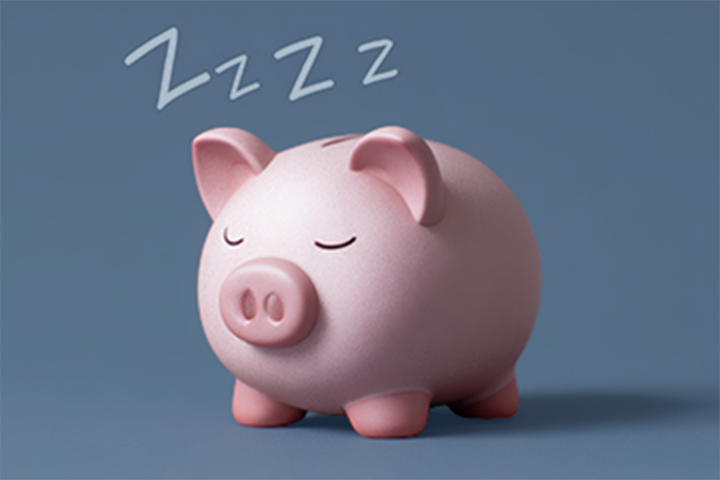
How much money do you have – without knowing it?

Capital gains tax: how will it affect your portfolio?
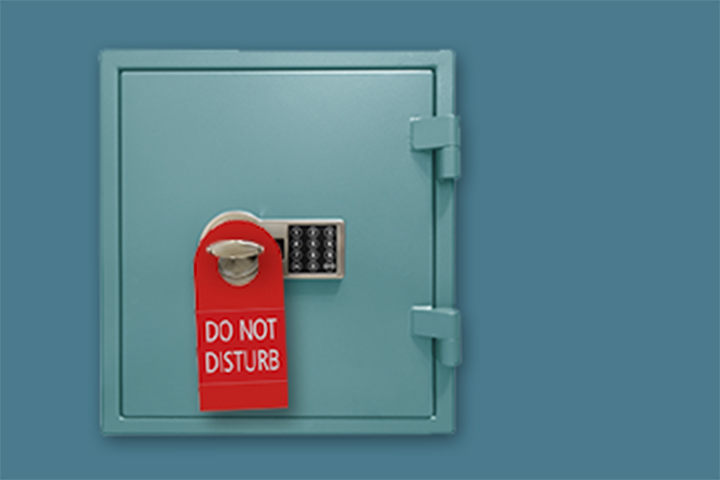
Do you have a dormant account? This is how you can check!
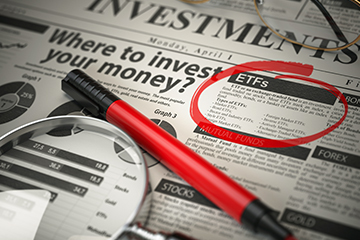
What is a tracker and how do you choose the right one?
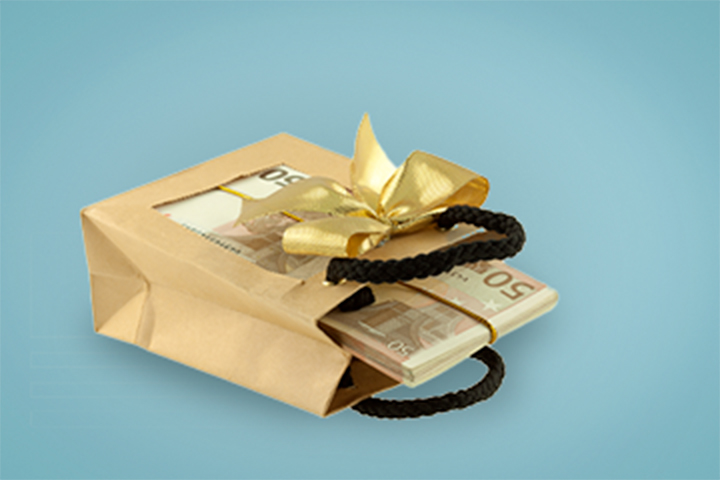
Gifting money: register or take the risk?
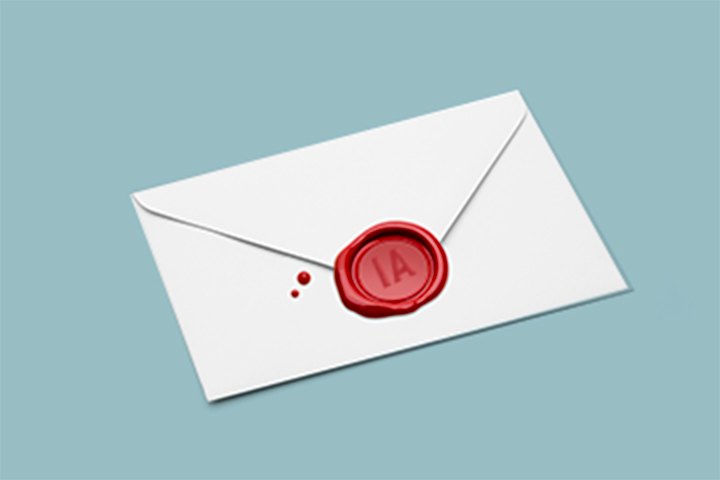
Think twice before entrusting your will to ChatGPT
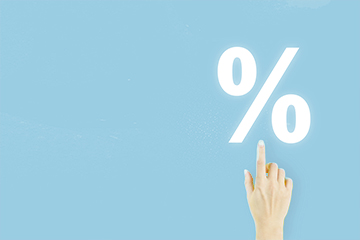
What is interest and what does it have to do with your savings account?
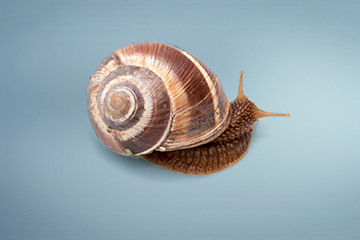
Why you can take out a home loan too as a single person
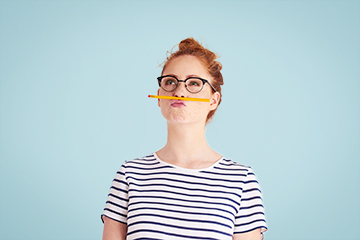
How high students’ earnings may, and more importantly, may not be

Why a child deserves pocket money

Helping your (grand)children to buy a home: what are the options?
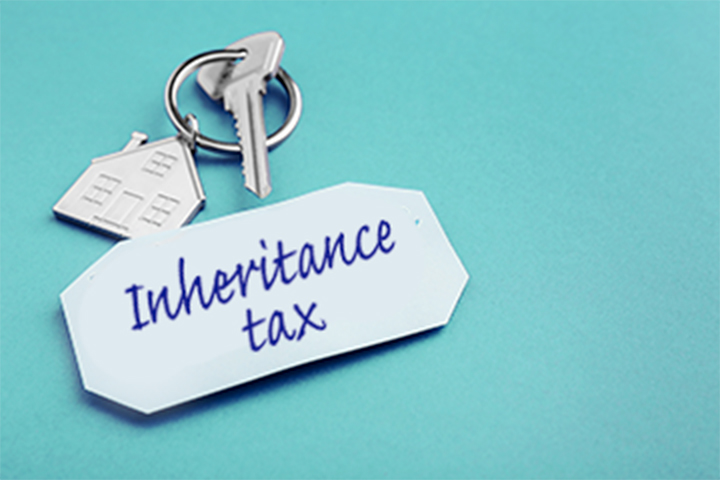
What if you are unable to pay the inheritance tax?

10 tips for the novice property investor

Planning renovations? Which renovation grants are you (still) entitled to?

No children yet, but planning to have some? Here's how you can settle your inheritance
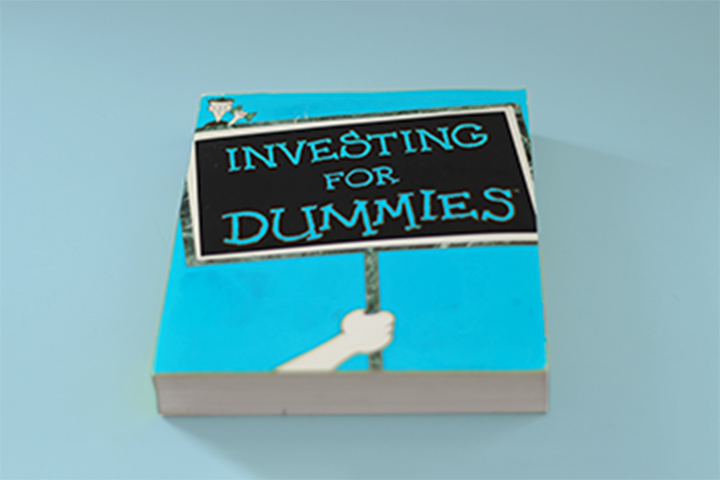
A beginner's guide to buying shares in five steps

Your family member dies: how to manage their banking
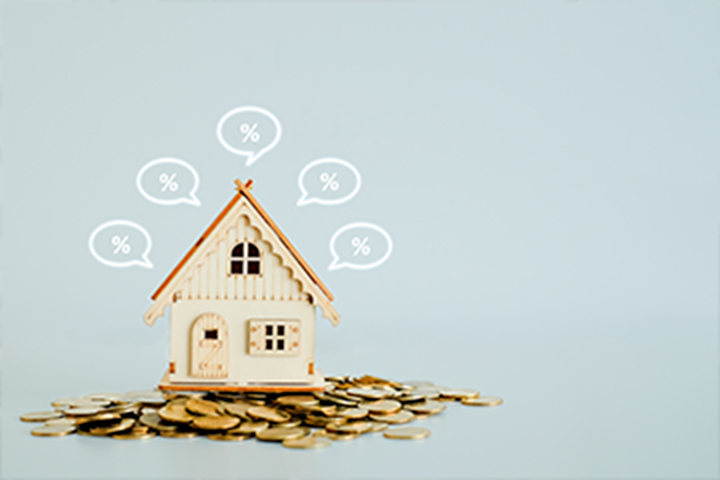
What costs are involved in buying a home?

Are European bank stocks experiencing a renaissance?

Investing when money is tight: being ambitious pays off!

12 questions and answers about a lasting power of attorney

Dividends, (pension) savings and tax-free income: what's new in 2025

What you need to know before you start dividend investing

What monthly pension savings for a maximum return?

What would the retired version of you say to yourself?

Lump-sum investing vs cost averaging: which offers the highest return?

What type of investor are you? Take the quiz

Did you just purchase shares? Why you should immediately set a stop-loss

How can you teach your child to save? 12 tips

5 mistakes investors make in volatile markets

Government bonds, savings accounts, or term accounts: which should you choose?

Checklist: travel without any money worries

Take a moment to read this before sharing your data

Buying real estate together? Consider a rights of survivorship clause

House flipping: is it worthwhile?

What your friends forgot to tell you about cheaper travel
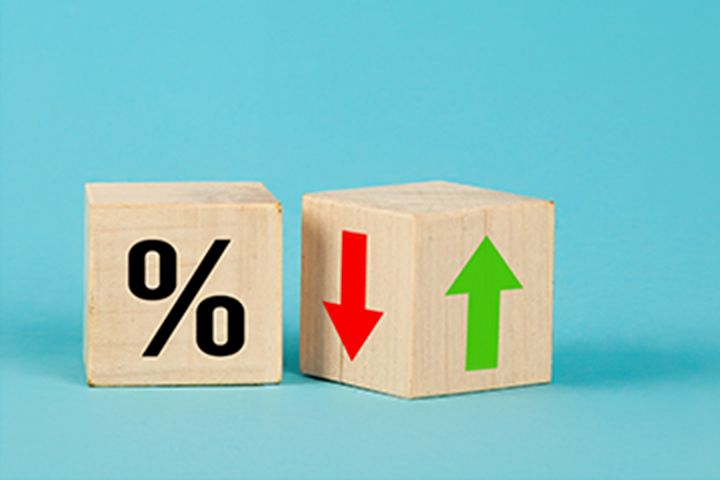
Basic interest rate and loyalty bonus: what does your savings behaviour say about you?

Comparing savings accounts: where do you put your money?
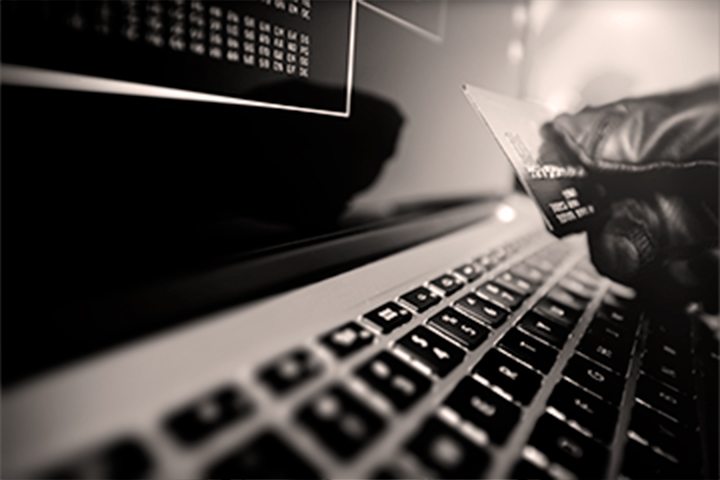
Secure online banking: how can you protect your finances?
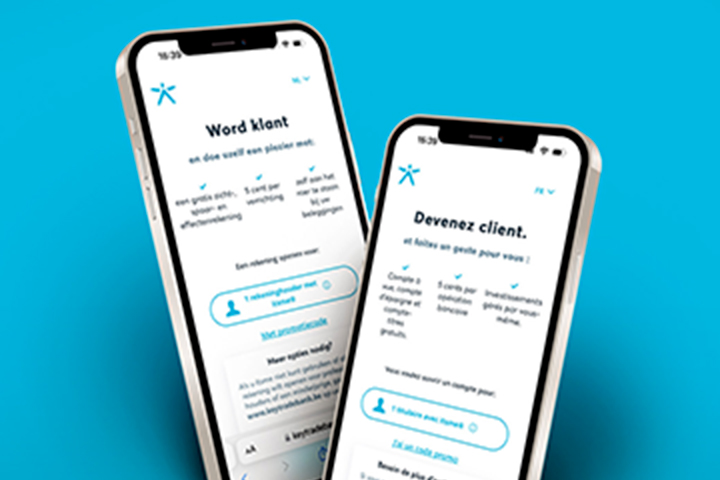
Opening an online bank account: what is holding you back?

Watch out, danger's about

Don't forget to create an extra access!

The advantages and disadvantages of contactless payment

Keytrade Bank has one of the few free credit cards on the Belgian market

How to put phishers out of a job

Investors are not afraid of risks! Or not yet?

How to navigate a relationship with lopsided incomes?

Avoiding and dealing with conflicts on financial matters: a guide

1 account for the both of you? Or separate accounts? Or a combo?

6 things you need to know about your Keytrade Bank credit card

How to buy real estate with your supplementary pension (even though you have not retired yet)

No extra costs ...

10 ways to save money with apps

No group insurance plan? What are the alternatives?

Enjoy your stay at the hotel and pay less

Cohousing rules

How to protect your capital in the event of a divorce

How safe are contactless payments?

Talking to your family about legacy: how to get started

Stock market versus bricks and mortar: 1-0

On the way to a society without cash?

Buying a second residence: with savings, investments or a loan?

A must read for when you spotted a second-hand bargain online

The lazy marathon investor

Share everything with peace of mind. Except your bank cards.

Blended family: shared savings account or keep things separate?

First Aid for Your (Financial) Administration

Tips from an expert: how to keep your passwords safe

Saving your payment card details in your browser: yay or nay?

No extra costs. Yet 700,000 euros gladly given to you, our customers!


































































